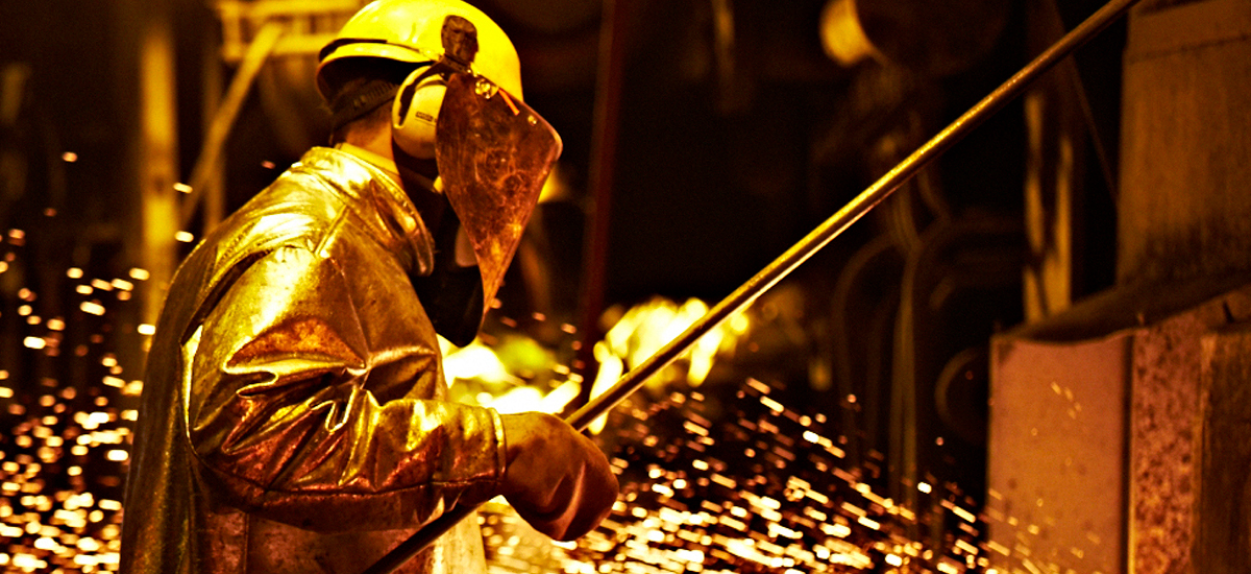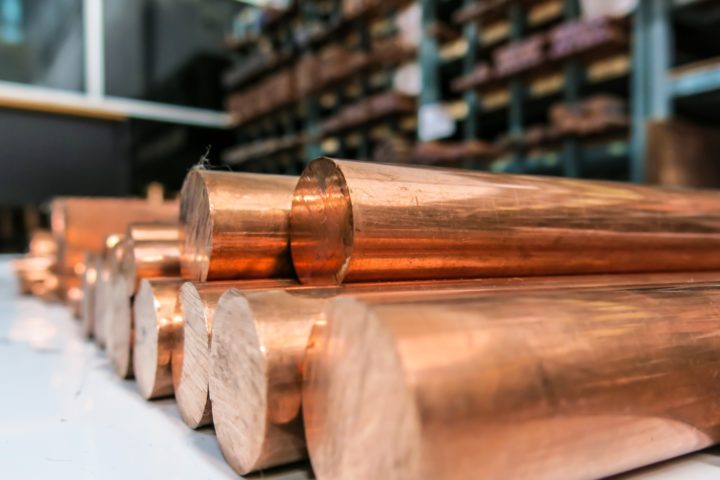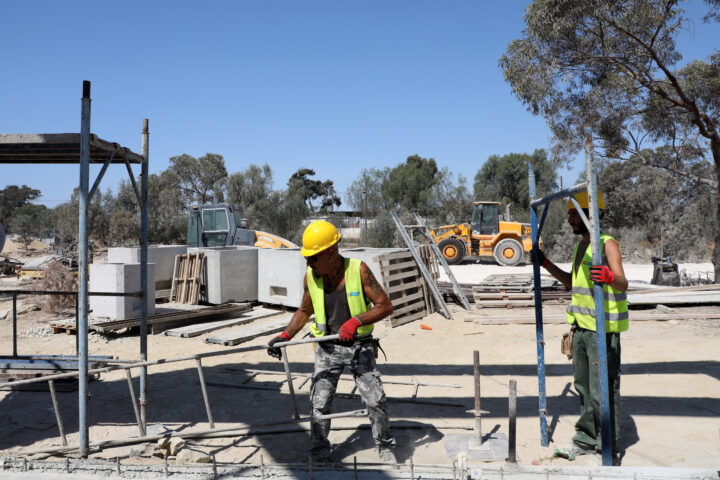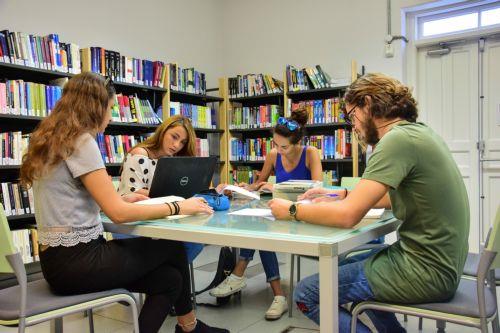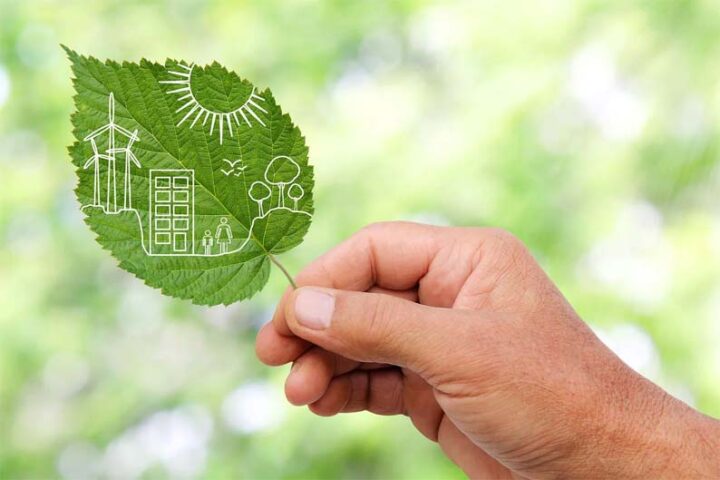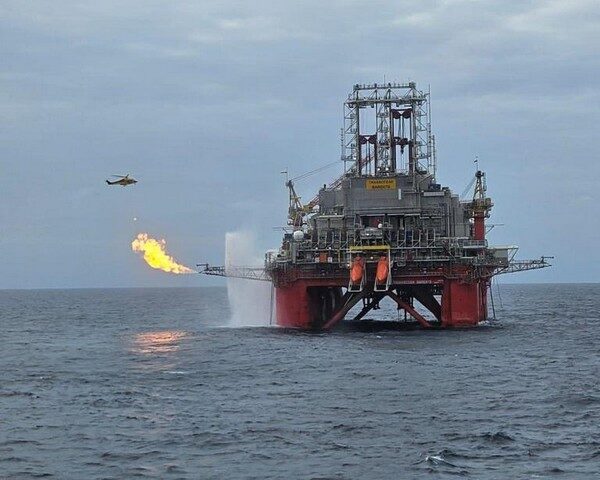While the concept of sustainable mining is relatively new, it has been gaining traction as modern practices, and technological advances have made it possible for the industry to control and dramatically improve its resource efficiency and mitigate the environmental impact.
When nations look for ways to reduce carbon emissions and their environmental footprint, many mining companies are now implementing demonstrably sustainable practices, using lower-impact techniques, reusing mining waste, switching to eco-friendly equipment, and rehabilitating and reusing mining sites.
New technologies are also used to improve energy efficiency and the accuracy of measurements – the latter is important when estimating how much water will be used and recycled by a mining project.
In Europe, the industry has set an example, making huge strides in improving its environmental performance.
LKAB, Europe’s largest iron-ore producer with production facilities in northern Sweden, is investing €30-40 bln in leading global steelmaking into a carbon-free future by using only fossil-free feedstock and energy in all parts of the value chain.
The investment, one of the largest industrial projects in Europe in recent years, will result in a reduction of 35m tonnes of Co2 per year.
In 2021, LKAB produced the world’s first hydrogen-reduced sponge iron, used as a raw material in steelmaking.
Similarly, Polish mining company KGHM is turning to renewable energy to make its activities more sustainable.
By the end of 2030, up to 50% of the company’s annual needs (1.6 TWh) will be covered through its own sources, with a considerable share of renewable energy (300 MW) from solar and wind projects with a significant investment in hydrogen technology also underway.
In December 2020, one of KGHM’s subsidiaries launched its first solar farm.
Nearly 10,000 solar panels were installed next to the Legnica smelter and connected to the plant’s power supply.
In 2019, the company launched Poland’s first rotary casting and refining furnace.
The €55 mln installation is designed to melt high-quality recycled raw materials.
Thanks to the investment, over 20% of KGHM’s electrolytic copper production comes from scrap today.
Meanwhile, Swedish multinational Boliden owns the world’s largest smelter for recycling metal from electronic materials.
The Rönnskär smelter also minimizes the company’s emissions and generates electricity and district heating for the local community and the company’s needs.
Today, the smelter’s annual capacity for recycling electrical material is 120,000 tonnes.
Zinkgruvan, owned by Lundin Mining, is another Swedish project committed to clean energy and climate action.
Since 2017, the firm has purchased electrical energy from 100% renewable resources directly from the Swedish national grid.
According to the EU Green Deal, ensuring sustainable raw materials supply is crucial to enabling the clean energy transition.
Exemplary progress and innovation in the European mining industry demonstrate that the sector can deliver the necessary materials to create a climate-neutral, circular and resource-efficient economy.
Sustainable mining practices from around Europe increase our confidence that Europe can become less dependent on third countries and improve its supply chains by increasing domestic mineral production in a responsible and verifiable manner.
By Mark Rachovides, Chairman of Venus Minerals and President of Euromines

